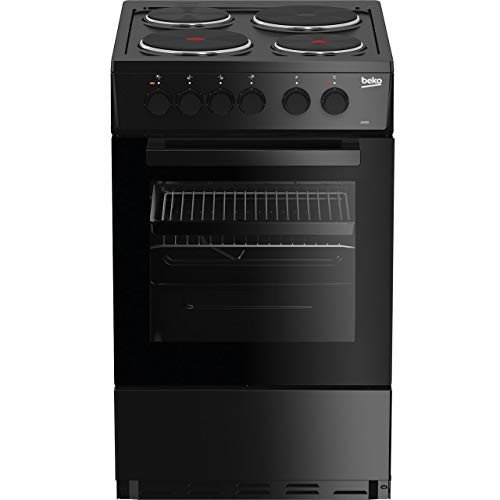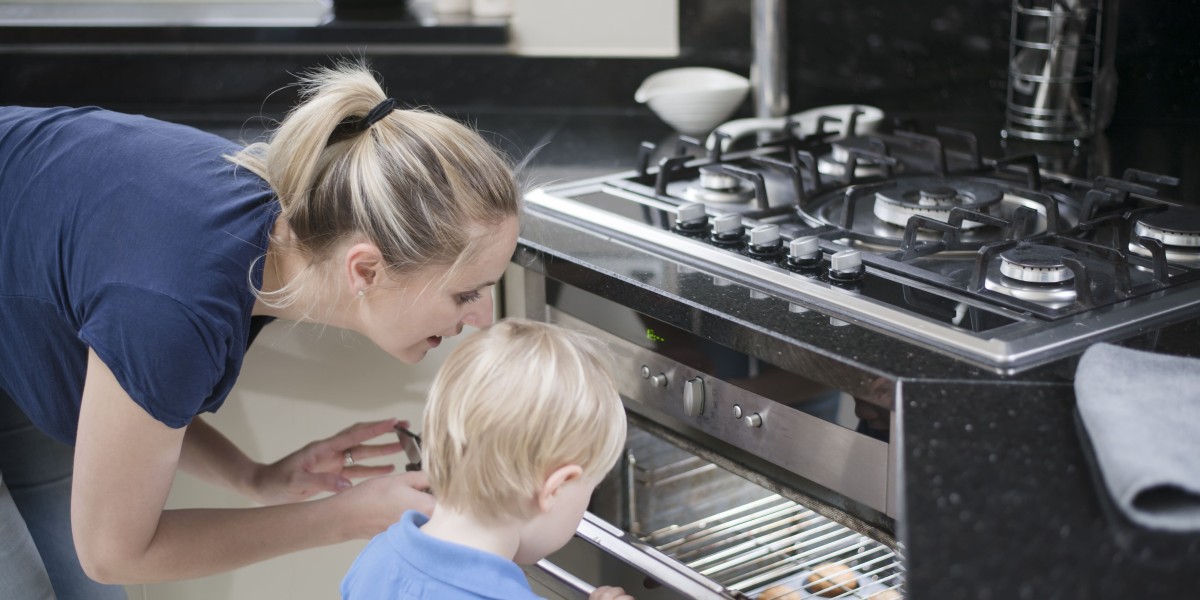The humble oven serves as the cornerstone of households across the UK, enabling amateur cooks and seasoned chefs alike to create culinary masterpieces. Its versatility and reliability make it indispensable for activities like roasting Sunday dinners, baking fresh bread, or cooking quick midweek meals. However, with evolving technologies, designs, and energy efficiency standards, consumers are often confronted by a dizzying array of options in the oven market. This article provides an in-depth look at ovens in the UK, their various types, features, and how to choose one best suited to your needs.
Types of Ovens Found in the UK
Ovens are not one-size-fits-all. Different households have different High-Quality cooking appliances needs, so it’s important to understand the various types of ovens to assess which one fits your kitchen and lifestyle. Below are the most common types available in the UK market:
1. Conventional Oven
These ovens, sometimes known as traditional ovens, use top and bottom heating elements to distribute heat. They are ideal for basic cooking tasks and tend to feature simple controls, making them user-friendly.
2. Fan-Assisted Oven
Also referred to as convection ovens, these models include a built-in fan that circulates hot air. They cook food more evenly and efficiently, reducing cooking times—perfect for bakers and those looking to prepare multiple dishes simultaneously.
3. Gas Oven
A gas oven generates heat using natural gas or LPG. Popular for their precise temperature control, many traditional cooks swear by gas ovens for their moist cooking environment, which is ideal for baking.
4. Electric Oven
Electric ovens are widely popular for their versatility. They usually feature multiple cooking settings, including grilling and roasting modes. While slower to preheat compared to gas ovens, they offer outstanding temperature consistency.
5. Multifunction Ovens
These advanced models combine all the features of fan, conventional, and grill settings in one appliance. They often come with preset cooking programs for different dishes like pizza or cakes, making them ideal for busy households.
6. Steam Ovens
Steam ovens inject water vapor into the cooking process, which keeps food moist and helps retain nutrients. Health-conscious households or avid bakers often consider these ovens a worthwhile investment.
Key Features to Consider
When selecting an oven, it’s crucial to keep an eye out for features that enhance functionality, efficiency, and safety. Here are some important factors to look out for:
Energy Efficiency Rating UK households are increasingly eco-conscious, and energy-efficient ovens labeled with A+ or higher ratings not only reduce power bills but also have a lower environmental impact.
Self-Cleaning Options Certain ovens come with pyrolytic or catalytic cleaning functions, meaning they either burn off grease and grime at high temperatures or absorb dirt, significantly cutting down the chore of scrubbing.
Dual Ovens A dual oven setup offers two separate compartments, enabling multi-method cooking. You can roast a chicken in one section while baking dessert in the other, making it ideal for large families or entertainers.
Smart Connectivity Modern ovens often feature Wi-Fi connectivity, which allows users to control their ovens via smartphone apps. With this "smart home" feature, you can preheat the oven remotely or monitor cooking progress from another room.
Safety Features Look for child-lock systems, cool-touch doors, and auto shut-off functions—especially if you have a young family to protect.
Built-In versus Freestanding Models Built-in ovens are integrated into cabinetry for a seamless, modern look, while freestanding ovens include both an oven and hob as a single unit, offering more flexibility in placement.
Choosing the Right Oven for Your UK Kitchen
The right oven depends on your home’s specific needs, cooking habits, and available space. Here’s a checklist to help guide your decision:
Assess Your Kitchen Space
- Do you want a built-in oven to save counter space, or will a freestanding model suit your layout better?
Determine the Fuel Type
- Check whether your home is equipped for gas, electricity, or both. Most modern homes in the UK can support both options.
Consider Your Cooking Style
- Are you a passionate baker? A fan-assisted oven or steam oven might serve you well. Love Sunday roasts? Look for ovens with rotisserie or grill functions.
Set a Budget
- Prices for ovens in the UK vary widely, from £200 for basic models to over £1,000 for high-end, smart-featured units. Allocate your budget based on the features that matter most to you.
Think About Cleaning Preferences

- If scrubbing isn’t your thing, a model with self-cleaning technology is essential.
Look at Energy Ratings
- While energy-efficient ovens may cost more upfront, they’ll save you money in the long run on electricity bills.
Trends in the UK Oven Market
Several trends have shaped the oven landscape, reflecting the growing preference for convenience, health, and sustainability:
Smart Ovens The rise of IoT (Internet of Things) technology has introduced smart ovens to UK households. Many of these devices can auto-adjust cooking settings, suggest recipes, and notify users when meals are ready.
Steam-Cooking Popularity Many Brits are seeking healthier cooking options, driving the adoption of steam ovens. These appliances lock in nutrients and reduce the need for added fats.
Dual Compartments for Busy Families Demands for efficiency and multitasking have led to a surge in dual ovens, especially in homes aiming to cater to varying dietary preferences.
FAQs About Ovens in the UK
1. What is the most energy-efficient type of oven?
Electric ovens with an A+ or higher energy rating are typically the most energy-efficient. Gas ovens, while cheaper to operate in the short term, may not always meet the same eco-friendly standards.
2. How often should I clean my oven?
Regular cleaning every three months is recommended. However, ovens with pyrolytic cleaning functions can extend this timeframe significantly.
3. Is it worth investing in a steam oven?
If you prioritize healthy eating options or are an avid baker, steam ovens are worth the investment. They deliver moist, nutrient-rich results that are hard to achieve with conventional cooking.
4. Are smart ovens reliable?
Yes, most smart ovens are highly reliable and include manual override options should app connectivity fail. However, they may be more expensive than traditional ovens.
5. Should I buy a gas or electric oven?
Choose a gas oven for precise temperature control and lower operational costs. Electric ovens are better if you value cooking consistency and broader functionality.

The Bottom Line
Whether you’re upgrading your existing oven or furnishing a new home, understanding the various oven options in the UK can help you make an informed choice. Consider your culinary habits, kitchen space, and energy preferences when browsing through models. From conventional ovens to cutting-edge smart ovens, the perfect appliance is out there waiting for you.
No matter your choice, the right oven will become a trusted companion in your kitchen, empowering you to create delicious meals for years to come.







